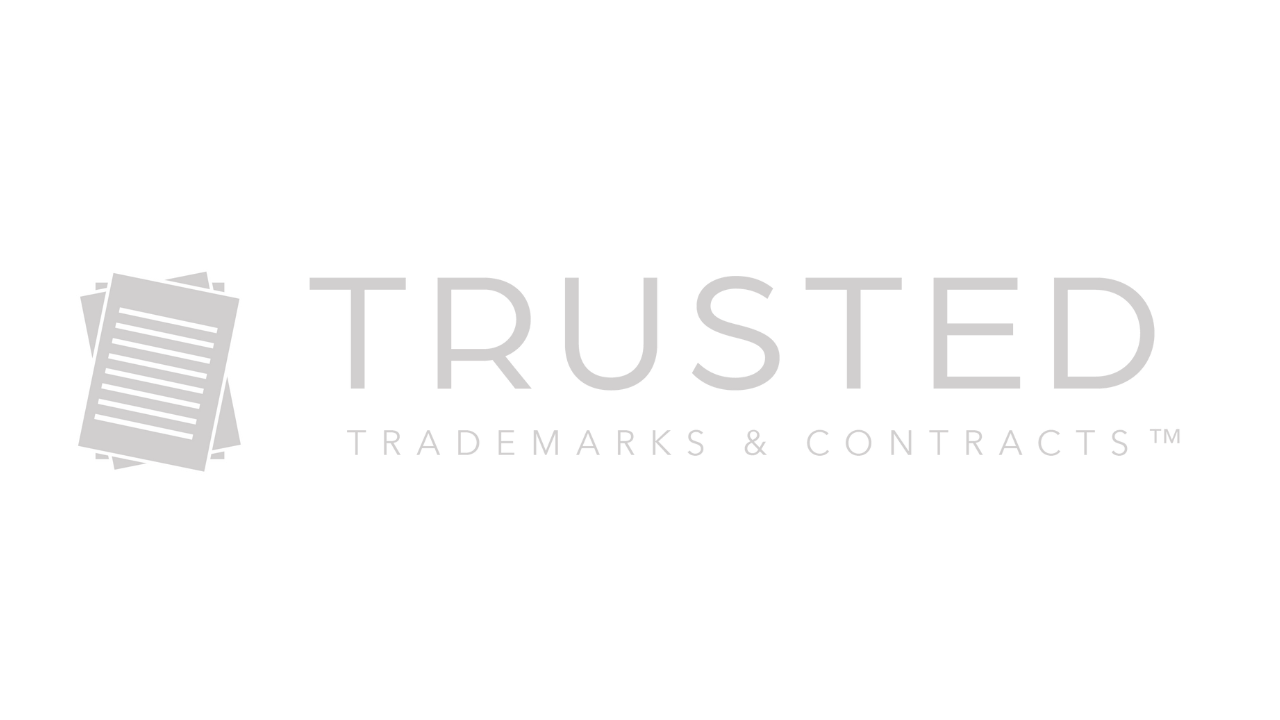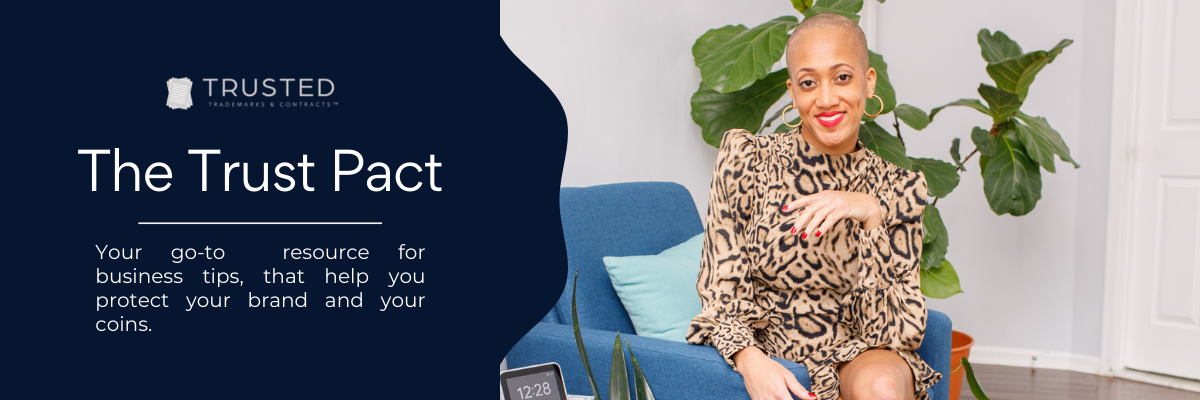9 WAYS TO AVOID CHARGEBACKS
(and keep your coins)
What is a Chargeback and How Can You Protect Your Beauty Business from Losses?
A chargeback occurs when a customer disputes a charge and requests a refund directly from their credit card issuer or bank, instead of going through the business where the purchase was made. The chargeback process results in a reverse transaction, meaning the funds are taken back from your account, which can create significant issues for beauty businesses.
For beauty professionals such as lash techs, hair stylists, nail techs, esthetician services, and freelancers in the beauty industry, chargebacks can be a major headache. When a client files a chargeback claim, it’s up to you to prove that the service or product was delivered as agreed, which can take months and involve substantial time and resources. This is especially challenging if you are a freelance beauty professional or running a small beauty business where the loss of revenue from chargeback disputes can severely impact cash flow.
While chargebacks exist to protect consumers from fraud and unauthorized transactions, they can become a significant legal risk for your business. If chargebacks become a regular occurrence, they can lead to higher payment processing fees, damage to your business reputation, and even the loss of your ability to process payments at all.
Why Chargebacks Are Risky for Beauty Entrepreneurs
Chargebacks are more than just a minor inconvenience—they can cause serious financial setbacks and long-term damage. Here’s why chargeback risks are particularly harmful for beauty service providers:
Financial Losses: Beyond losing the original transaction amount, many chargeback fees are applied by payment processors, which can add up quickly. For a beauty business, this is especially problematic when you're already balancing tight margins.
Damaged Reputation: Financial institutions track your chargeback rate, which is the percentage of your total transactions that result in chargebacks. A high rate can tarnish your reputation with payment processors and potentially result in your merchant account being terminated, forcing you to set up new accounts, which can be difficult and more expensive.
Time-Consuming Appeals: Disputing a chargeback claim takes time and resources, and there's no guarantee that you'll win. This process can often cost more than the transaction itself, especially if your business doesn’t have clear documentation (contracts, receipts, or other proof) to defend against the chargeback.
Impact on Cash Flow: For small beauty businesses or solo beauty professionals, cash flow is crucial. A sudden chargeback can leave you with a negative balance in your merchant account, affecting your ability to pay for supplies, cover overhead, or even pay yourself.
How to Reduce Chargeback Risk in Your Beauty Business
As a beauty business owner or freelancer, there are several precautions you can take to reduce the likelihood of chargebacks and protect your revenue. Here are some key steps to secure your transactions and minimize the risk of credit card disputes:
1. Clear Contact Information
Ensure your business contact details (email and phone number) are easy to find on your website and social media. When clients can reach out directly, they're more likely to resolve any issues before jumping to a chargeback claim. This is especially important for beauty businesses that rely heavily on word of mouth and customer relationships.
2. Detailed Service Descriptions
For beauty services, make sure your service descriptions are detailed and clear. Whether you're offering a lash extension service, facial treatment, or a nail design, make sure potential clients know exactly what they’re getting. Misunderstandings or misrepresentations about the service can trigger disputes. Be transparent about the cost, duration, and results to set clear expectations.
3. Secure Payment Methods
Use secure payment processing methods such as EMV chip card transactions or contactless payments to reduce chargebacks. Chip-enabled cards are more difficult to dispute and generally come with lower processing fees. Avoid entering credit card details manually when possible; use systems that require customer authentication for additional security.
4. Customer Signature for Card-Present Transactions
Always ask for a customer signature for in-person transactions. This is a simple but effective way to confirm that the client intentionally made the purchase and agrees to the service or product.
5. Address Verification System (AVS)
For online bookings or card-not-present transactions, ensure that you're using address verification services (AVS) such as CVV codes and zip codes to confirm the identity of the cardholder. These extra layers of security help verify the authenticity of the charge and reduce fraud.
6. Accurate Payment Descriptors
When setting up your merchant account, ensure your payment descriptor clearly lists your business name and contact information. This makes it easier for clients to recognize your charges on their credit card statement and reduces confusion, which can lead to chargebacks. If you're a freelancer, make sure your descriptor reflects your business name (e.g., "Jane Doe Lash Services" or "Glow Esthetics by Jane").
7. Shipping Insurance for Physical Products
If you sell beauty products (like skincare or hair tools), always use shipping insurance and delivery confirmation to provide proof that your products reached the client. This is especially important if you offer physical products in addition to beauty services.
8. Mystery Shop Your Own Business
Conduct a mystery shopping exercise by purchasing your own services or products online. This gives you a firsthand view of how the customer experiences your payment process and how transactions appear on credit card statements. Ensure it's easy for customers to recognize your business name and contact you directly with any issues before they escalate.
9. Implement Strong Terms and Conditions
Having clear and enforceable terms and conditions is crucial for protecting your beauty business against chargebacks. Your terms and conditions should outline your refund policy, cancellation policy, and service guarantees. Make sure these are prominently displayed on your website and require clients to agree to them before completing the booking or purchase.
Include language like: "By booking this service, you agree to the terms outlined in our Service Agreement and Refund Policy".
Ask customers to check a box confirming they’ve read and agreed to your terms during the checkout process.
These clear contract terms will not only protect you legally but also ensure that clients understand what they’re agreeing to when they book a service or make a purchase.
Chargeback Protection for Beauty Professionals: How to Protect Your Reputation and Revenue
As a beauty business owner, preventing chargebacks is an ongoing process. By taking proactive steps such as using secure payment methods, offering clear and detailed service descriptions, and having strong contracts and terms in place, you can significantly reduce the likelihood of disputes and protect your business’s cash flow.
If you're struggling with chargebacks or need guidance on setting up your merchant account to reduce risks, consider consulting with your payment processor. They can help tailor your payment system to your specific business needs and provide tools to make your transactions more secure.
If you are unsure whether your current Terms and Conditions are providing the coverage you need, or if you don’t even understand what’s there on your own, it’s time for a new template. I’ve got you covered! All of my contract templates are written in plain language, without a bunch of unnecessary legal jargon. I wrote them that way so that you AND your customers know exactly what you’re getting into. Remember, our whole goal with contracts is to ensure that everyone involved understands their own rights and obligations of this business relationship.
Remember, The information provided through the Trust Pact and social media are for informational purposes only. Nothing here should be taken as legal advice. Reading and/or engaging with this post does not create an attorney-client relationship. Do NOT comment or send me specific details about your legal situation via social media because I can’t guarantee confidentiality over those platforms.


